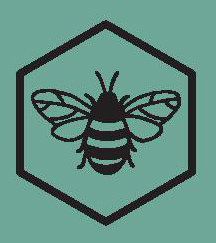I was chatting with a mom last week, who was working with me to arrange for me to do a tailored talk about Intermediate Math at the DL school where her children attended… and we decided that the main content could be me explaining and demonstrating some of the most common ‘core essentials’ in math I tend to do with my 1:1 students, depending on their ages.
For my BLOG today, I thought you might be interested in what those things would be for a younger G3 student, as I rarely have shared this, so here are some of the outlines for say, a 4 week plan:
G3: checking first that addition and subtraction are secure mentally, and then working on very simple (then more complex) ‘column’ versions/basic understanding of fractions- parts shaded and understanding numerator and denominator placing/counting up in 2s and 3s confidently using the ‘pop-up-finger-method’… and then moving onto 2x, 3x, 5x, 10x quick Times Tables oral recall/names of 2D shapes/and then VERY basic 2 digit by 1 digit ‘column’ multiplication, and introducing the VERY SIMPLE division link using what we have learned about counting up in 2s, 3s, and 5s.
We then came up with the idea of doing the same thing based on English skills- writing, reading, grammar, spelling and handwriting - and it was actually nice for me to let my brain go to English teaching for a time! Ha ha- math has sort of swallowed me up since the book launch in Jan 2019!
When a younger student comes to me for English, after talking to them about what kind of books they like to read, I hand them a little hand-made booklet- front title page ‘All About Me’… where on page one, I have written the title ‘My Family’… and I ask the student to just have a go at writing a few lines (after we have chatted about ideas for content, and reading out some examples of the books previous students have done).
Then once the student gets going, I note the following five areas:
This starting point than gives me the opportunity to see WHERE the student is with writing (and reading it back to me), and I then go about planning how to best address and improve, setting little learning objectives based on my observations. I then figure out what makes the child motivated to write (we discuss interests e.g. dogs/trees/bugs) and then I base the next writing session on their chosen subject.
Our writing activities over the next, say, 4 or 5 sessions are based around the ‘All About Me’ book (so page 2 might be ‘my house’ or ‘my pets’, and their mini-topic on e.g. bugs; during these sessions I make/add to a list of words incorrectly spelt to use as a starting point to put an individualized spelling plan together.
I always share the WHAT WE ARE LEARNING TO DO TODAY/WRITING TARGETS with the student, based on the above 5 bullet points.
😊I particularly like it when a new student wants to do half and half math and English- such a great combo- and usually an hour and half session is about right for this. ~ I hope you find this helpful! ~

